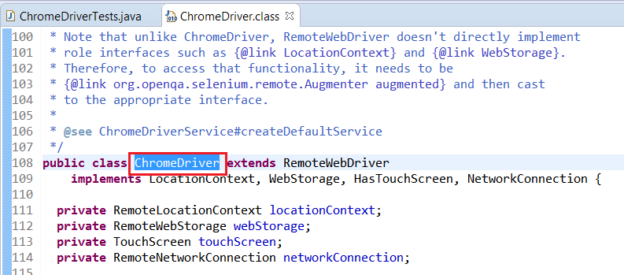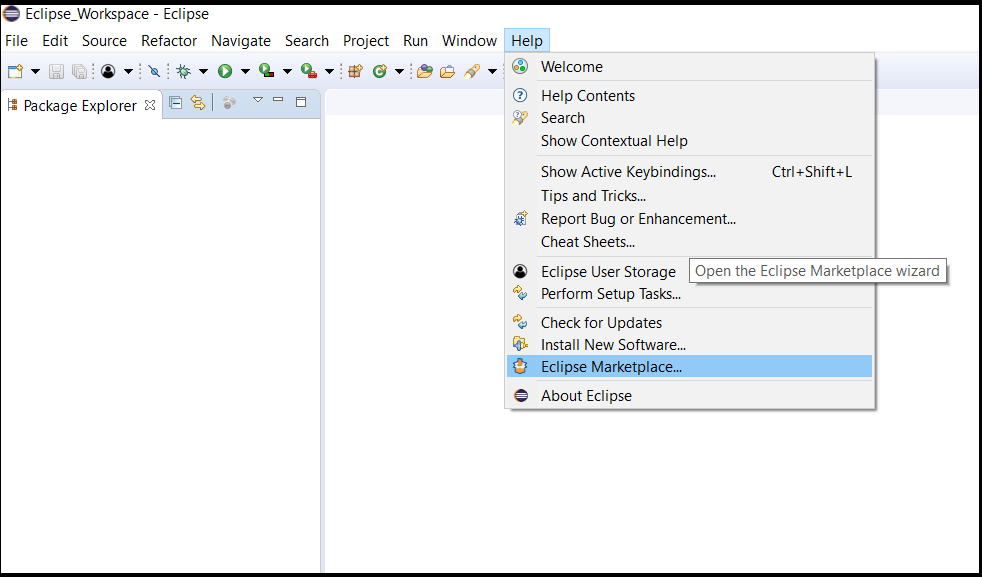
Pay attention to the correctness of the App Path and the setting of the system version number of the device, and change the Server Address from 0.0.0.0 to 127.0.0.1 in the General Setting.Īfter setting, click the Launch button to start Appium Server. Do not check the UDID when using the simulator.

Start Appium and open the iOS settings page. The following results indicate that the environment is successfully set up:ģ Use appium's inspector to get interface elements to write testCase Open appium's doctor to see the following picture: If there is any abnormality, re-edit the bash_profile file, add export JAVA_HOME=/Library/Java/JavaVirtualMachines/jdk1.8.0_111.jdk/Contents/Home, and re-run $ source ~/.bash_profile.Ģ.10 Check whether the above environment is set successfully.

#INSTALL TESTNG IN ECLIPSE FOR MAC MAC OS#
The prerequisite for IOS automated testing is a mac device, mac os 10 by default as of 1.5.3. In this way, there is no human intervention at all, and you only need to pay attention to the test results. Use the easy-to-write Java language and appium open source framework and unit test testng, create a maven project (in order not to introduce jar packages in the project), write the required jars into the pom.xml file, and finally use jenkins to build automatic operation to achieve IOS automated test.

In order to save time and cost of the real machine in automated testing, and to cover all IOS versions more efficiently, avoid compatibility issues and achieve comprehensive automated testing, I use saucelabs () Virtual device provided by the platform.


 0 kommentar(er)
0 kommentar(er)
